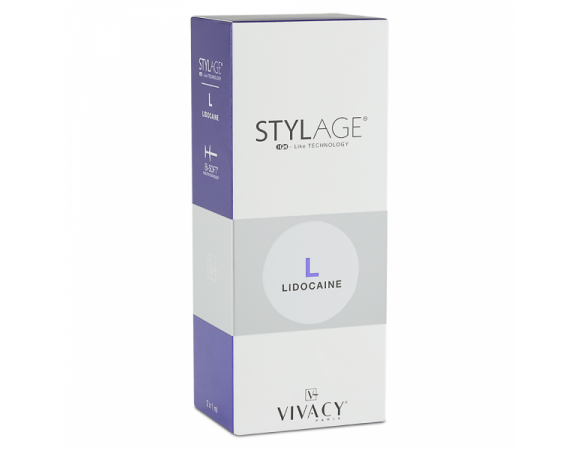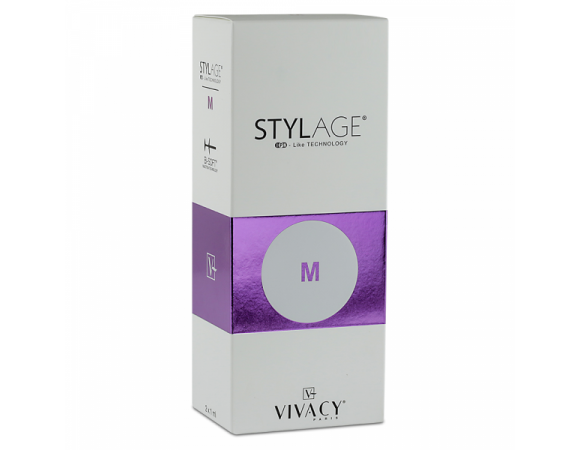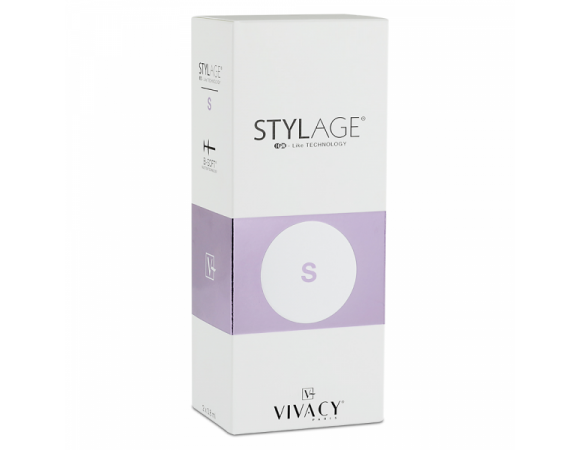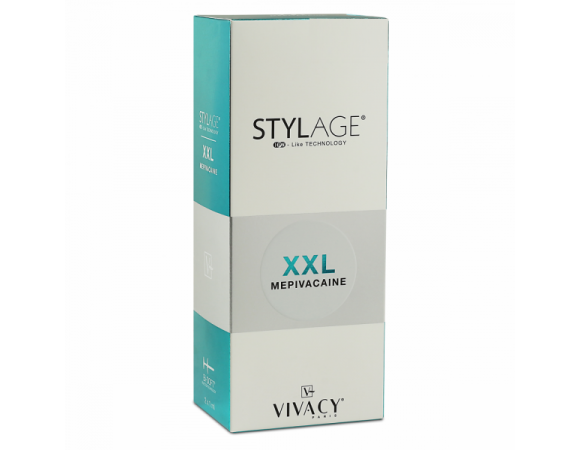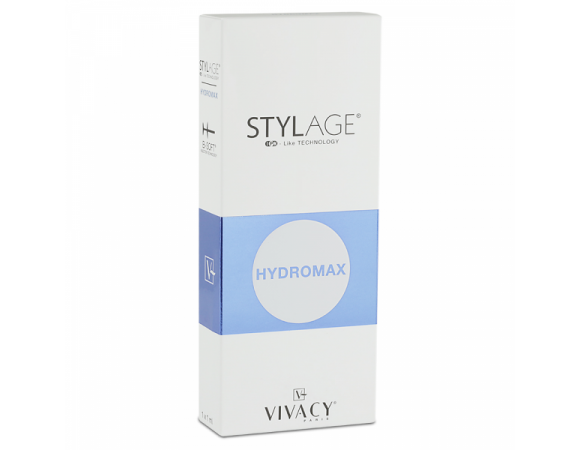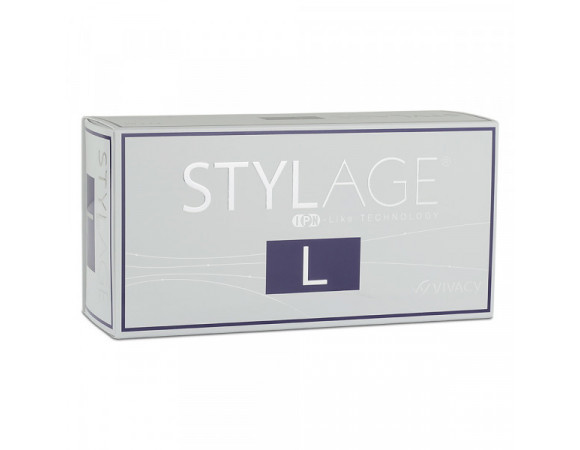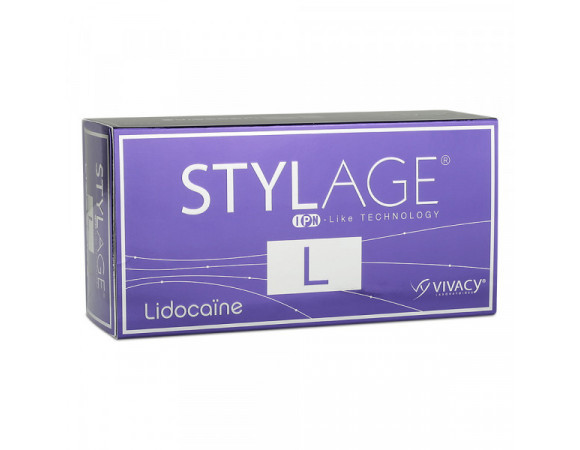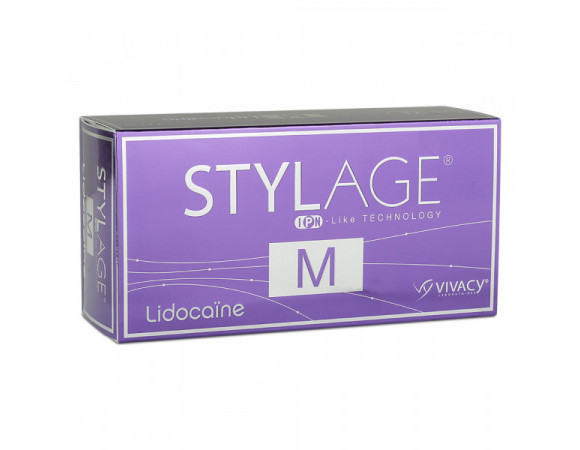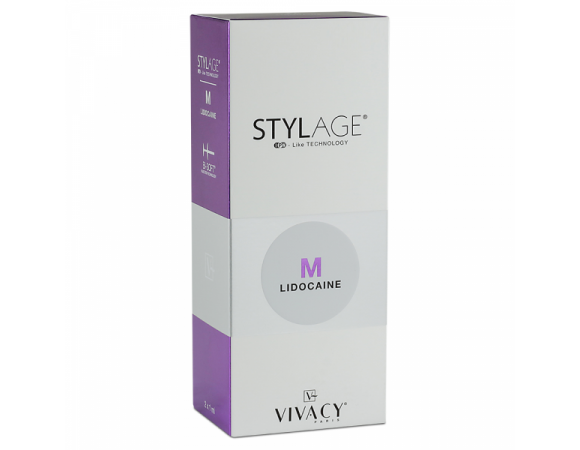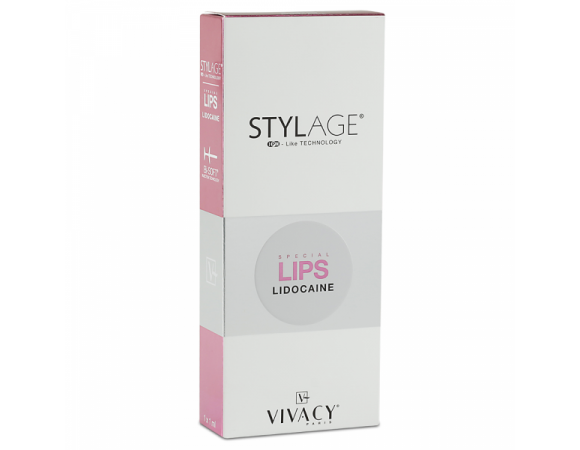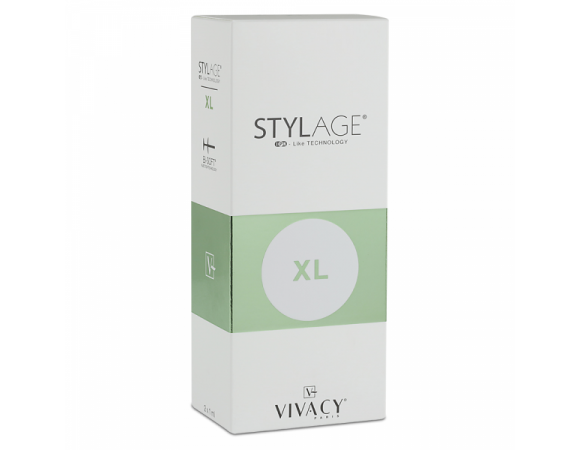All the drugs that we will talk about today belong to the “medical device” category; they must be administered by an experienced cosmetologist. Self-medication can harm your health!
Mesotherapy
One of the first injections in aesthetic medicine, was invented by Michel Pistor in the 1950s. It consists in “delivering'' useful elements (vitamins, minerals, peptides, amino acids, polynucleotides, etc.) to the deep layers of the dermis. Mesotherapy drugs are injected deeply so that the active composition gradually dissolves, saturating the skin with active components for as long as possible. Mesotherapy is intended both for general improvement of skin condition and for solving specific problems (acne, rosacea, couperosis, alopecia).
Biorevitalization
Injection of non-reticulated (non-cross-linked) hyaluronic acid for deep hydration. The drugs are administered more superficially than with mesotherapy, they are more versatile, and do not cause pain when administered. Medical injection helps to normalize skin hydration with the help of biorevitalizants.
Botox injections
The introduction of botulinum toxin type “A” (BTA drugs Botox, Dysport, Xeomin, Neuronox) into the facial muscles provides selective blockade of nerve signals and muscle relaxation for a period of 4-9 months, due to which expression wrinkles are smoothed out.
Filling wrinkles
It is carried out using fillers of varying densities (depending on the depth of the wrinkle) and biostimulants. Fillers fill the wrinkle with gel from the inside and biostimulants, such injection - what does it mean? Biostimulants accelerate the synthesis of collagen fibers, increasing the density of the integument itself.
Fillers are divided by:
- Densities (light, medium, dense volumetrics)
- Base (hyaluronic acid, calcium hydroxyapatite, polylactic acid, collagen, polycaprolactone)
- Face contouring and lip enlargement
Invasive treatments in aesthetic medicine will help correct the shape of the nose, emphasize cheekbones and mandibular angles, sharpen the chin, and add volume to certain areas of the body. The most popular procedure today is lip augmentation. Vector lifting drugs based on calcium hydroxyapatite and mesothreads based on polycaprolactone are also used in contour correction.
Injection lipolysis
One of the areas of mesotherapy is lipolytic injections to reduce adipose tissue. Fatty tissue consists of cells called adipocytes. Depending on the effect on adipocytes, they are distinguished:
- Direct lipolytics. Contains deoxycholic acid and phosphatidylcholine. They destroy the fat cell membrane, turning fat into an emulsion and removing it through the secretory organs. Direct lipolysis reduces the number of adipocytes.
- Indirect lipolytics. They contain a complex of amino acids that do not destroy adipocytes, but accelerate metabolic processes, causing the cells to “grow thin.” Indirect lipostimulation reduces adipocyte volume.
The injection of direct lipolytics can be a rather painful process, but the effect is noticeable to the naked eye. Indirect lipolytics are injected to smooth out scars, eliminate cellulite, and improve skin quality.
Contraindications and possible side effects after injection procedures
Any minimally invasive intervention requires the knowledge and experience of a cosmetologist! In the case of an incorrectly performed procedure, complications may arise from mild (local allergic reaction, edema, hematomas) to moderate (contouring and migration of the drug, Tyndall effect) and severe (necrosis, fibrosis, paralysis, drooping eyelids, blindness).
The first point of any injection therapy will be to study the patient’s medical history for the absence of contraindications:
- Allergy to any component of the drug,
- Pregnancy and lactation,
- Oncological diseases,
- Systemic and autoimmune diseases,
- Problems with blood clotting,
- Taking anticoagulants,
- Tendency to form keloid scars,
- Diabetes,
- When lipolytics are administered, occurence problems with the liver and kidneys,
- Dermatitis, dermatoses, inflammations and wounds on the skin,
- Inflammatory processes in the body,
- Age up to 18 years.
Are injection treatments worth trying?
Professional skincare cosmetics and the strongest peelings cannot cope with the tasks that an aesthetic medicine procedure can solve. The patient should turn to beauty injections if they have no contraindications. The “full face” injection correction procedure can rejuvenate the face by 5-7 years until the injected drugs are completely degraded. Today, injection methods have many more advantages than plastic surgery.
Express answers to common questions
What is an injection procedure?
It’s an injection into the epidermis, dermis, subcutaneous fat and muscles of drugs that have a positive effect for rejuvenation and beauty of the face and body.
What is the difference between surgery and injection?
Injection plastic surgery is characterized by less pain, injury and a short rehabilitation period. That’s why injection rejuvenation is called a “weekend procedure”

